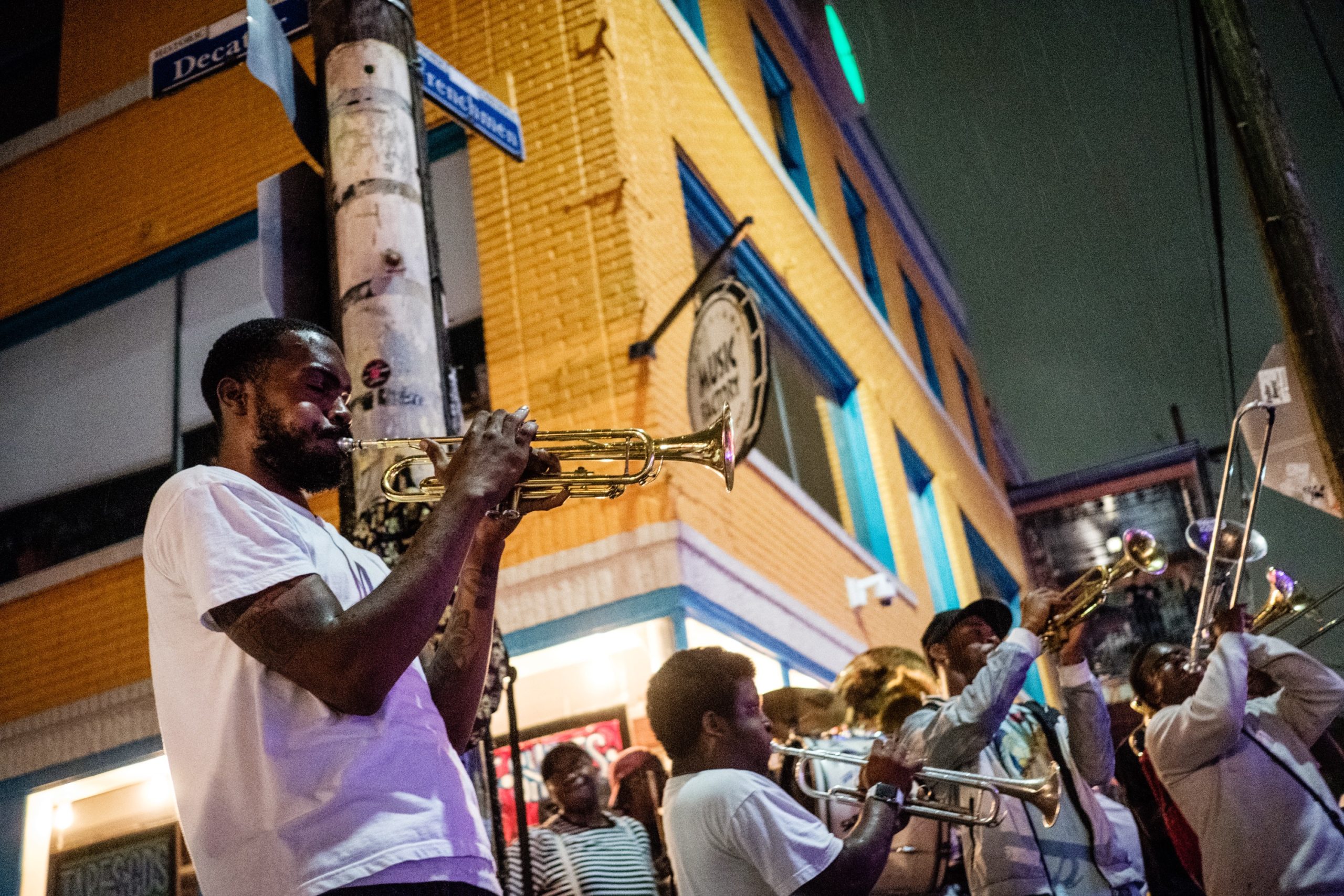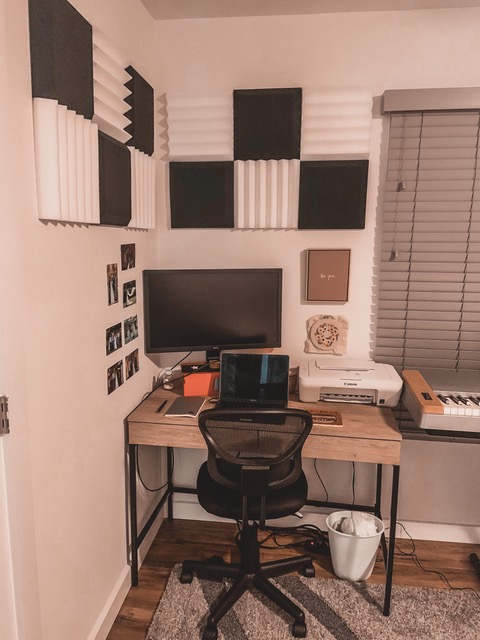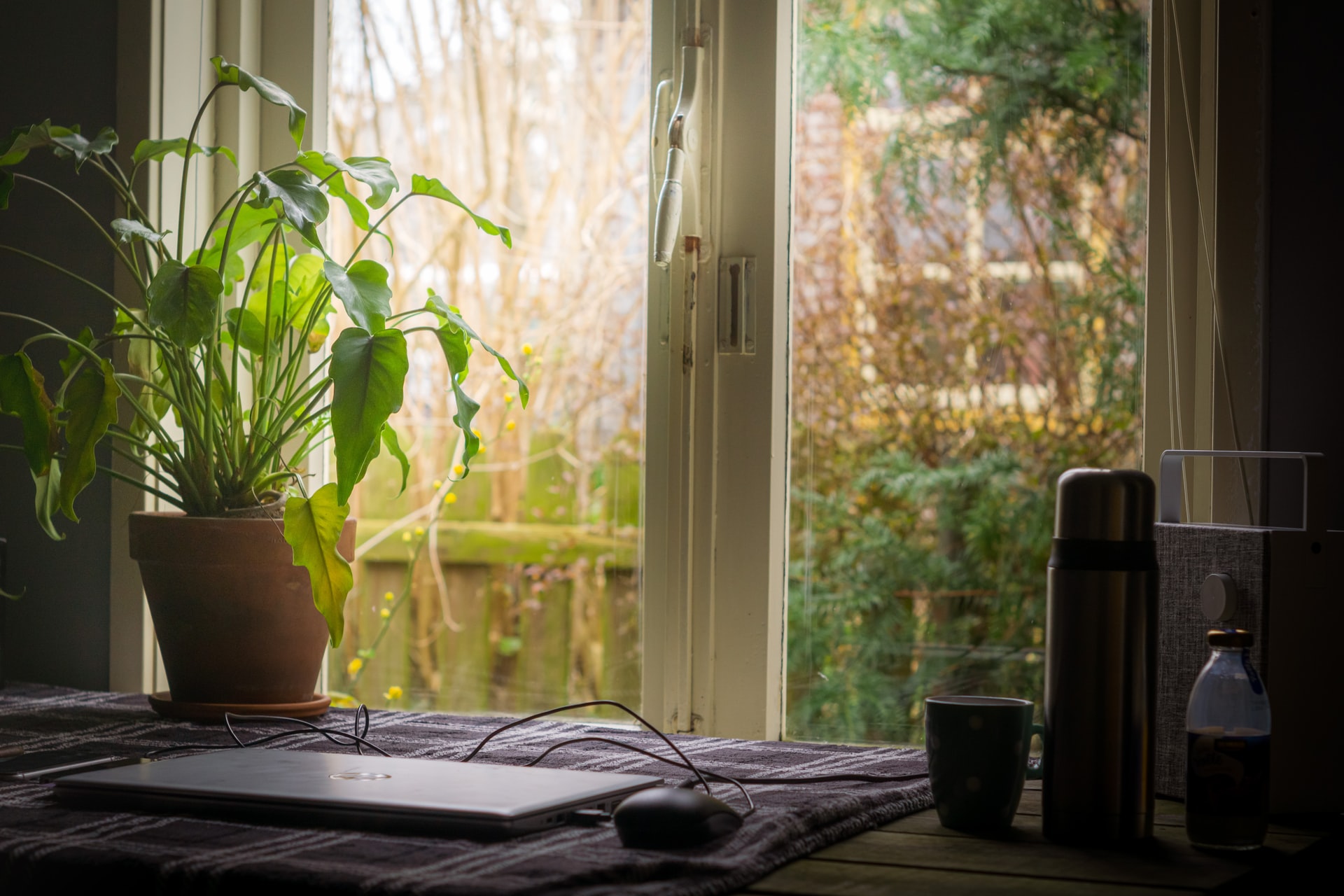Since it is the festive season and we have a big fan of the holidays in our girl Madeline DeLuca — we wanted to share her favorite December tunes… Here is a link to the playlist: “Happy Holidays! There is nothing I love more than the Holiday Season. The past week I have been sitting […]
Read More




